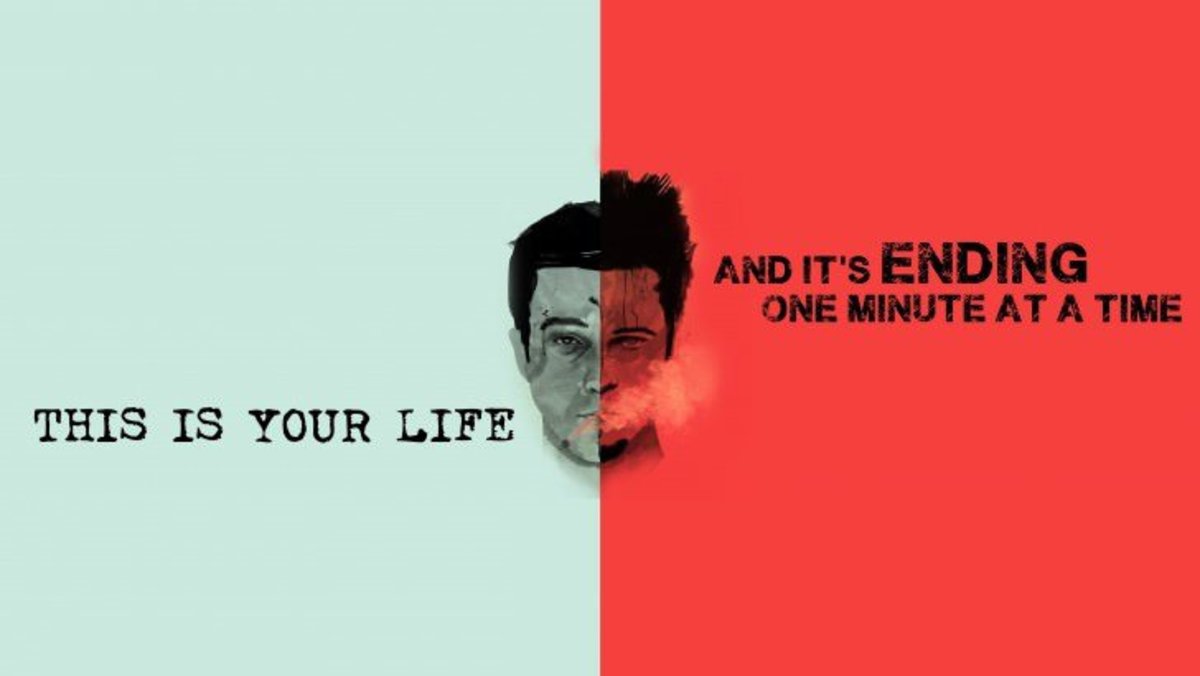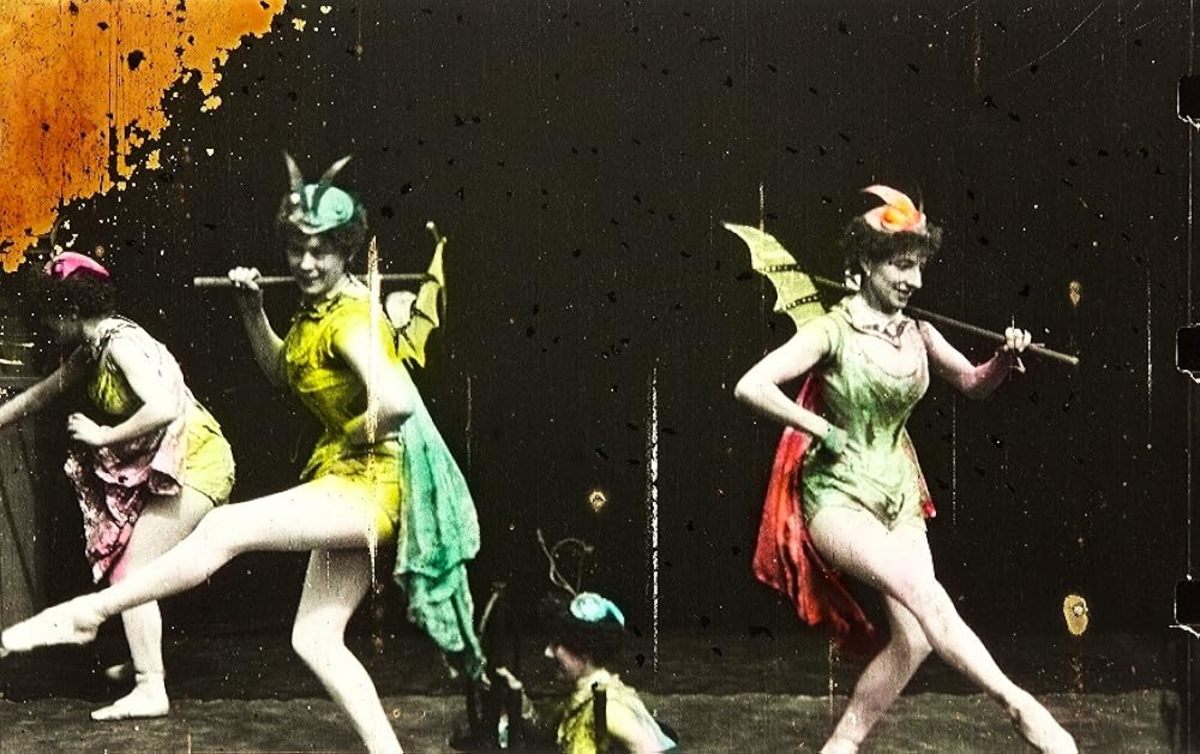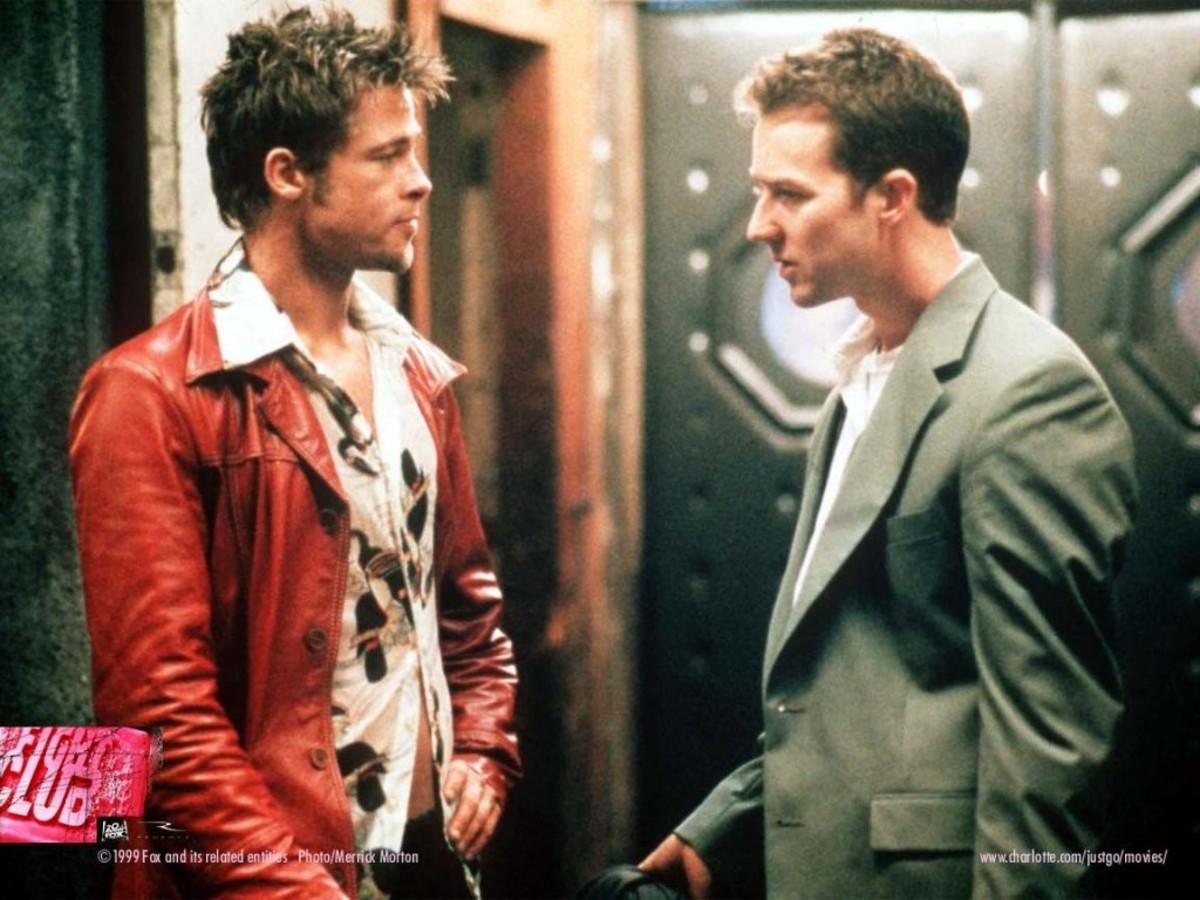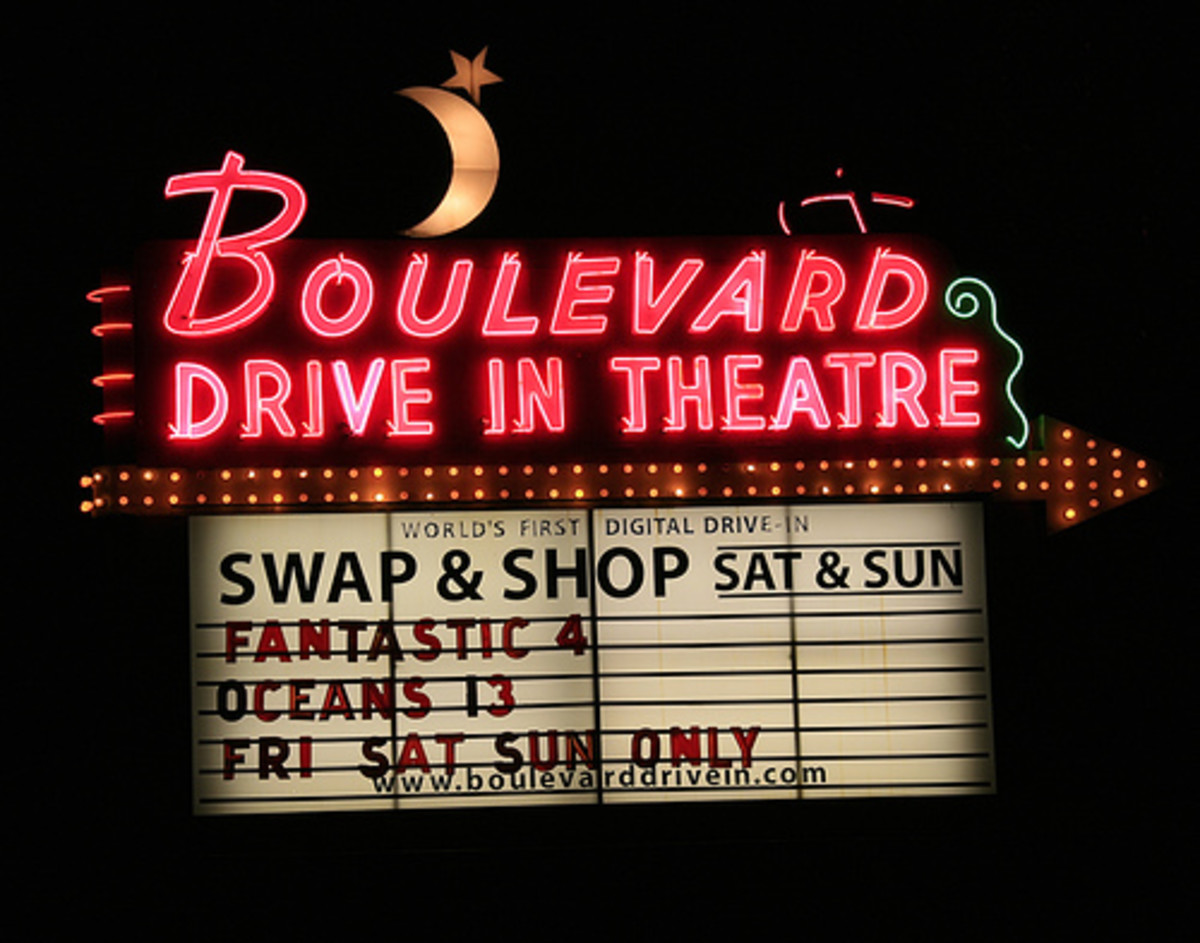Page to Screen: Fight Club
Movie Poster for Fight Club
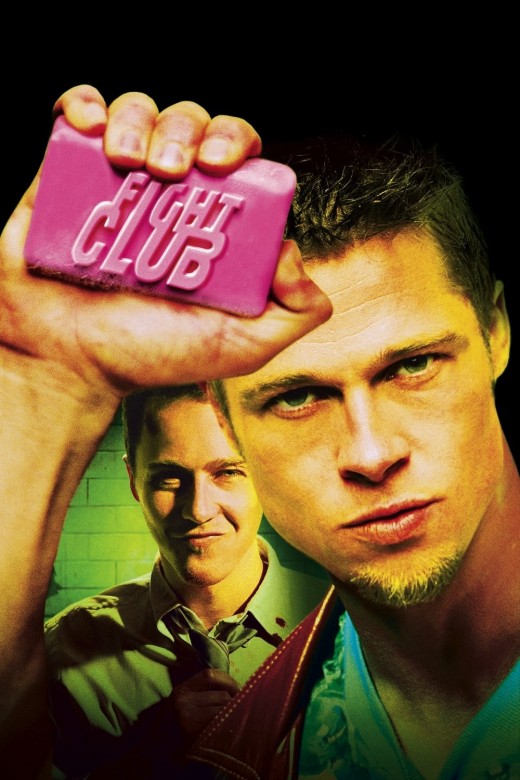
The Film
The film adaptation did not take long and the movie was released in 1999, directed by David Fincher. Largely it follows the same structure as the novel it was based on with small changes while ultimately staying true to the message and tone. However, the film failed terribly in theatres but went on to develop a cult following not all the different from the book's.
Edward Norton plays the still unnamed narrator/protagonist, Brad Pitt plays Tyler Durden, Helena Bonham Carter plays Marla Singer, as well as Meatloaf and Jared Leto as supporting roles. The author, Pahalnuik praised the adaptation and how it successfully streamlined his novel into something understandable in the cinematic world, something many book to movie adaptations struggle with.
The Book
Originally written by author Chuck Palahnuik, Fight Club was conceived first as a short story. Expanded and published in 1996, it follows the unnamed protagonist as he deals with insomnia. To sleep at night, he visits a variety of support groups always with a pseudonym so he can find his relief. During one of his business trips, he encounters an enigmatic man by the name Tyler Durden who encourages the narrator to leave his consumer-based lifestyle behind through something they create called fight club. However, fight club soon becomes another kind of beast entirely.
This book is responsible for a number of different cultural impacts and is iconic for anarchism and a degree of nihilism.
Book Cover
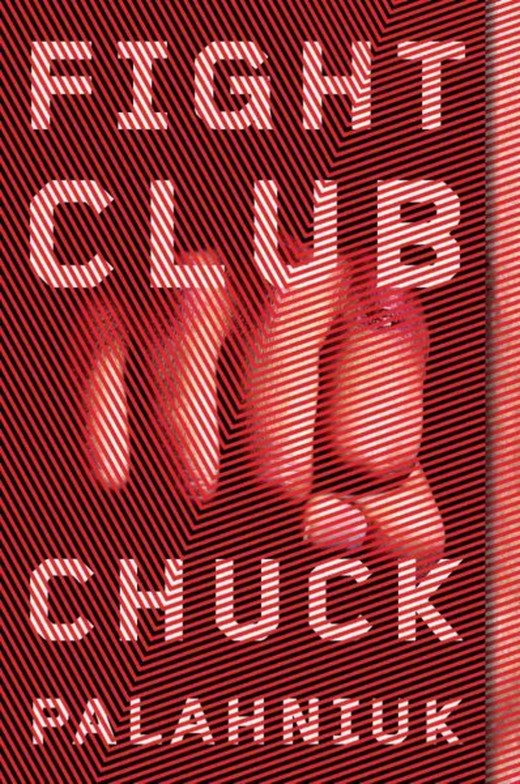
The Adaptation
Largely, the stories are the same. The point-of-view follows the same character who largely monologues his thoughts in the film as they did in the book. The same locations are visited and many of the same characters are present. However, there are slight changes, both in focus and presentation, in the adaptation process.
'Meeting' Tyler Durden and Their Relationship
One of the easiest differences to spot in the film and book is how Tyler Durden is introduced to the audience, either the readers or cinema-goers. In the film, it's on a business flight, fitting considering how later in the film both characters use it to visit other fight club installations. Durden is introduced as an enigmatic character with a clear visible hint to his true intention with a matching suitcase.
In the book however, it's a bit different. The Narrarator walks a beach and finds Durden naked, assembling a sort of structure. At a certain part of day, the sun hits it just right, creating the silhouette of a hand that Durden sits in. This goes on to show Durden's worldview, that perfection can be achieved only through a moment.
In the film, it appears that the Narrator is far more dependent on Durden, which is fitting given the revelation of the plot twist. The Narrator destroys Angel Face after it's shown that he's jealous of their interactions and freaking out when he's discovered that Durden has created Project Mayhem without his knowledge. In the book, they're tighter. The Angel Face incident only occurs in the book because the Narrator is jealous, not of his relationship, but simply because of his looks. Also, the 'two' create Project Mayhem together.
Also, Durden's purpose in the book is destroying beautiful things for the sheer perfection of it. The film carries a strong socio-political motive, particularly with blowing up the headquarters of major credit card companies to set economy as a sort of Ground Zero where only chaos would reign.
The Narrator's Condition
The Narrator was in far worse physical condition by the end of the book. For most of it, he's sporting a tear in his cheek big enough for him to stick his tongue partially through and experiences a lot of pain. Upon shooting himself in the ending, he likens himself to look like the joker due to his Glasgow smile. Perhaps for digital recreation cost, this is omitted from the film.
The Failure to Explode
In the film, the Narrator manages to defuse one of the bombs through a bit of luck. In the book, it's clearly made to be a suicidal sendoff to Durden and the Narrator as the building is set to explode over a museum. However, in an arguable deus ex machina, the bomb fails because the Narrator seems to remember that paraffin, an ingredient in this kind of bomb, isn't incredibly reliable, which foils the explosive reaction. In the book, there are no other bombs in other buildings.
The Ending's Tone
The film presents itself as the death of Tyler Durden, showing an interpreted death scene even. The Narrator appears to be in complete control (possibly having taken Durden's charisma for himself) and stands above the destruction his alternate personality causes.
In the book, it's a bit more loaded. Durden and the Narrarator or at a standstill until Marla arrives (of her own accord because they admit that they really like each other) with a pack of support group cohorts. Because Marla is there, Durden can't exist because he isn't her hallucination. Then, the Narrarator shoots himself and seems to break Durden's presence entirely, surviving the failed explosion, and being taken to a hospital. It's there that he's taken to a mental hospital (rightfully so) but the orderlies there seem to be members of Project Mayhem, fully prepared to continue carrying on Durden's plans.
Trailer for the Film
Conclusion
Having seen the film and then read the book, I believe the work is a strong adaptation that changes small things to make itself appropriate for a film's story. As mentioned before, the author Palahnuik believed the same. Personally, I feel the story is a bit more coherent in the novel (as Durden's early opposition to consumerism in the book makes a staggering jump total economic anarchy during the film) but the film provides some truly memorable moments that could only truly be captured visually. For instance, the individual slides put into the movie, giving subliminal messages of the Tyler Durden's character before his introduction and a giant penis at the end. The scenes that contrast with Durden either present or absent are fantastic. Furthermore, the cast themselves do a stupendous job with Norton's almost droning monologues and Pitt's bursts of charismatic dialogue. It's not a word for word adaptation of its original work, but honestly, Fincher created a work that adapts to the cinematic world with such a grace.
*After Thought
One could argue that a visual adaptation harms the storytelling narrative of the book. Knowing that Tyler Durden only exists in the Narrator's mind, it means the physical host of the personalities can only be in one place at one time, either where Norton stands or Pitt stands. This doesn't make sense when there are scenes of Norton watching the Mayor leave for the bathroom but Pitt already waiting for him there, or when Pitt is driving the suicidal car and Norton remains in the passenger seat (a subtle change from the book as well). Project Mayhem members would obviously think the Narrator's dialogue directed at Durden would also likely be the mutterings of a madman.
However, I offer this as a counter-argument that, while cheap, manages to explain how the plot continues. As the Narrator obviously wasn't aware that Durden was a product of his imagination, he becomes an unreliable narrator. As the film is told from his perspective, we see all these things from his mind, despite not being a direct first-person perspective. In conclusion, the story that the Narrator is fiction, while based on actual events, the Narrator can't be trusted to know where either he, or Durden stood or acted. One who knows the twist is to watch the films understanding that not everything that they've being told should be believed word for word.
This response was triggered after watching CinemaSins' portrayal of Fight Club.
The 'Sins' of Fight Club
Book vs Movie
For those of you who read the book and watched the movie, what did you prefer?
Further Reading
You can read more Page to Screen adaptation commentaries if you click here.
Also, you can read another one of David Finch's adaptation movies, Gone Girl.


